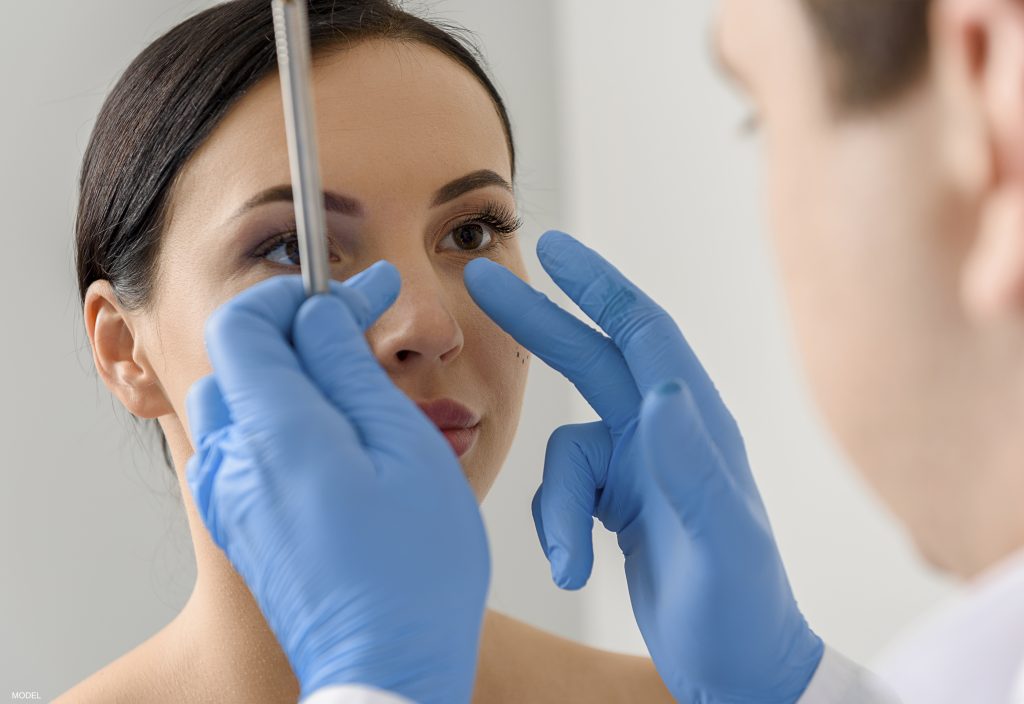Rhinoplasty patients at my Boston plastic surgery practice typically ask plenty of questions during their consultations, which is great. Educating patients about the procedures they’re considering is something I truly enjoy, and I encourage men and women getting rhinoplasty to make a list of questions prior to our meeting.
With that in mind, here are answers to 5 of the most common questions asked about rhinoplasty.
- How much downtime is needed after rhinoplasty?
Recovery following rhinoplasty is among my patients’ chief concerns. Most people are pleasantly surprised to learn that the recovery is much more comfortable than they expected. Some patients take a week off from work or school after their surgeries to give themselves plenty of time to recover. Others may choose to work from home for another few days if the swelling and bruising that are typical during the recovery haven’t resolved. - Are there ways to reduce swelling and bruising?
I advise patients to gently apply cold compresses to the affected area for the first 48 hours after surgery to help reduce swelling. Keeping your head elevated at all times during the first week of your recovery is also important to minimize swelling and bleeding. You can prepare ahead for this part of the recovery by planning to sleep with your head propped up on a pillow or in a recliner. - Can I combine rhinoplasty with septoplasty?
Septoplasty straightens a deviated septum, which is the most common cause of obstructed breathing. When combined with cosmetic nose surgery, septoplasty is often referred to as functional rhinoplasty. - When can I resume exercising?
Many patients are anxious to resume exercising after their surgery, but too much too soon can compromise your results and cause complications. Avoid any exercise except walking during the first week of recovery. It’s best to avoid strenuous exercises, such as running or swimming, for at least a month. You should also avoid any sport that poses a risk of trauma to the nose for at least 6 weeks after your procedure. - Are there nonsurgical alternatives to rhinoplasty?
Some people opt for a procedure called a “liquid nose job.” This increasingly popular process involves injectable fillers which temporarily reshape the nose. I offer this technique but counsel my patients about its limitations. Fillers increase the size of someone’s nose, which is often not the intended result, so this method is not a direct alternative to rhinoplasty. It can be a good path to pursue, however, for patients who want to “test-drive” rhinoplasty before committing to surgery.
If you’re considering rhinoplasty and have additional questions, I encourage you to visit my Rhinoplasty FAQ page. You can also contact us using the online form to request a consultation or call any of our 3 locations to schedule an appointment: Hingham (781) 740-7840, Boston (617) 306-3175, or Nantucket (508) 901-9239.


Leave a Reply